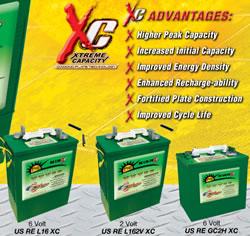New Solar Cell Device Surpasses Theoretically Predicted Efficiency Limit
Futuristic device is helping scientists break solar-efficiency record
Solar cells of the future could be based on iron molecules
Solar Cell "Wonder Material"-Perovskite-Falls Short of Expectations
Permanent Magnet Technology: The Wind Industry's New Drive Train Standard
Apple leftovers key for future energy storage
These Creative Wind Turbines Will Have You Rethinking What You Know About Wind Power
Sand could be the key to unlocking more efficient solar power, Masdar scientists find
Could this be the future of biofuels?
Thin film perovskite solar cell passes the efficiency test
The Importance of Pyranometer Temperature Response
Increasing Wind Turbine AEP with Vortex Generators
Energy From Stars
Cloaking Principle Could Boost Solar Cell Performance
Researchers develop cool way to improve solar cell efficiency
Records 196 to 210 of 324
First | Previous | Next | Last
Featured Product

